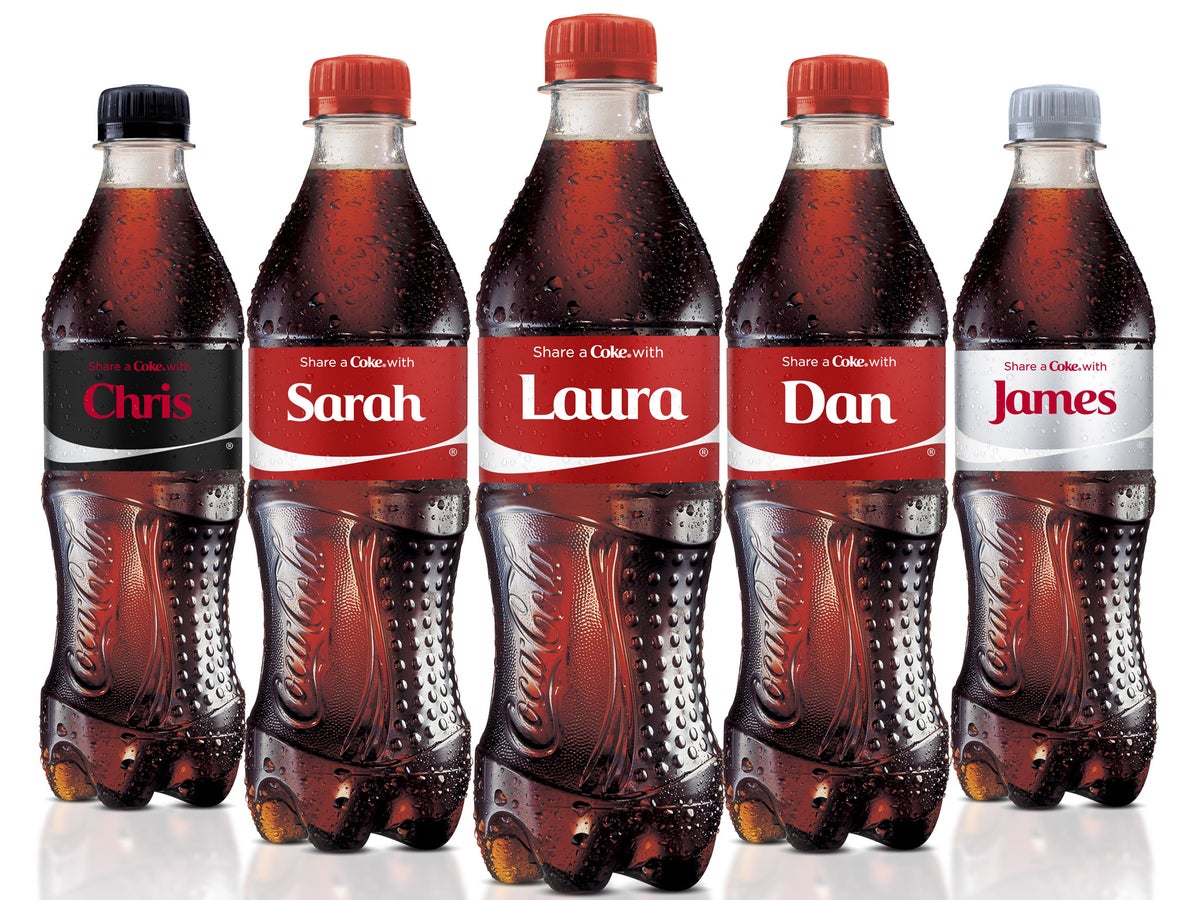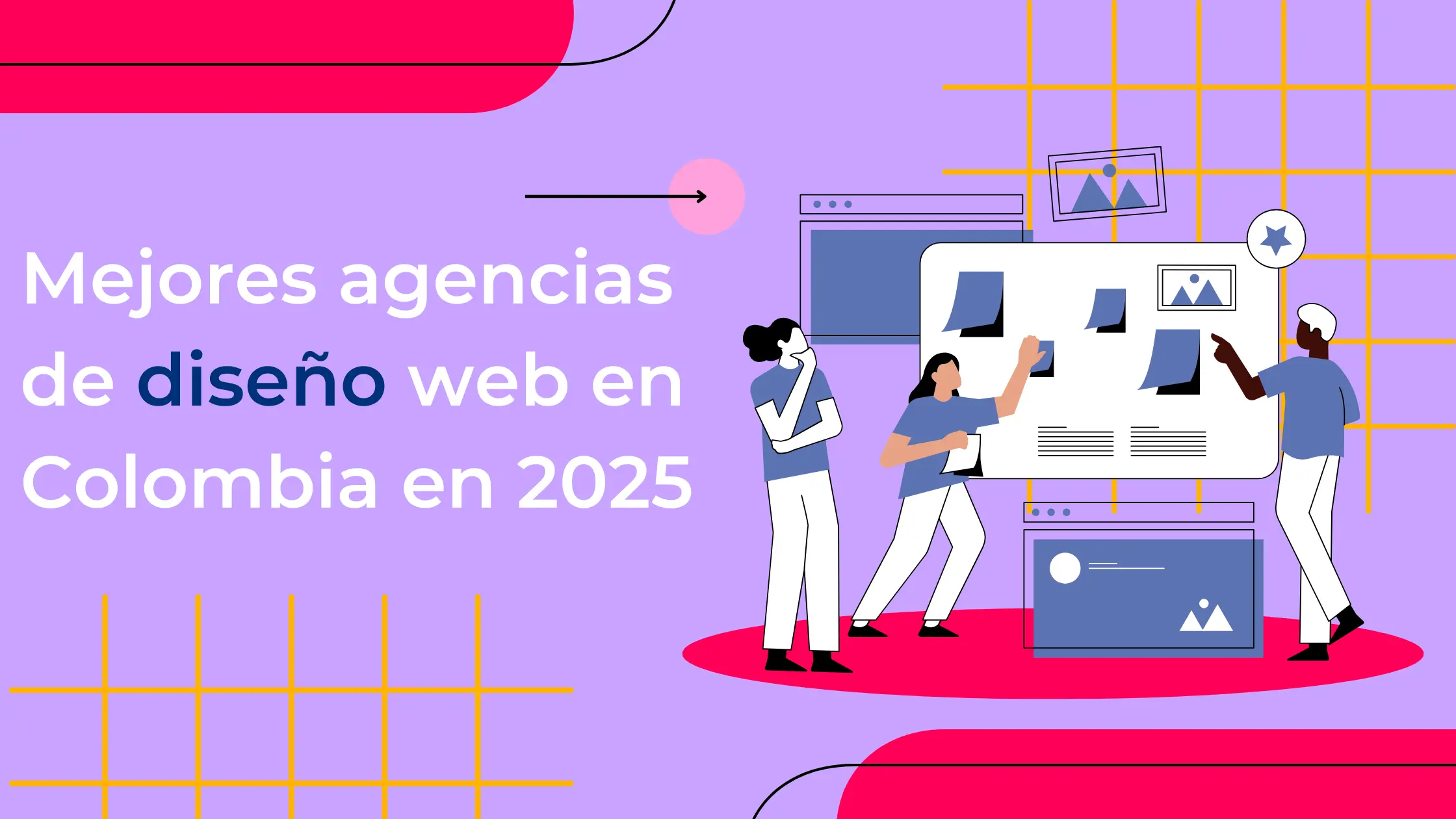Personalised Marketing or Reinventing the User's Shopping Experience

Each of us has daily routines, making our lives a kind of ordered checklist. In my case, every morning I drive to work, at the end of my working day I exercise at the gym or the swimming pool and in the afternoon-evening I go home and watch series or films. Knowing habits like these is a valuable resource for personalised marketing professionals.
So much so that a few years ago an angry father in the US went to a Target shop because his daughter kept receiving coupons for baby products. However, it turned out that she was pregnant and that the company was able to detect her condition in order to personalise the promotions and offers it sent her. All this thanks to an arduous process of data collection and analysis that was 100% legal.
However... Is this effective marketing or an annoying action for the consumer? The above article goes into the data collection process and why psychology makes the marketers' job easier by personalising the messages they send. But how does it work, how do brands implement it, what are the benefits, and is it effective? Let's look at it all below.
What is personalised marketing
The definition of personalised marketing (also known as customised marketing) is as follows:
A strategy that effectively uses data and analytics to deliver tailored user experiences that aim to respond to individual user needs and interests to create more valuable brand-customer relationships in addition to the sale.
Benefits of personalised marketing
There are multiple benefits of this type of marketing for companies and consumers. And if the strategies are implemented correctly, there are more than obvious results such as the following.
Improved user experience
Consumers are more comfortable giving personal information if they get something in return.
Otherwise they would not fill out forms, download forms, participate in surveys for discounts, or indicate their favourite purchases or preferences.
Thus, the customer, with all the information provided, expects the brand to protect that information and provide even more personalised experiences when they return.
Revenue boosting
By identifying and responding to each customer's preferred channel, brands can increase ROI.
With the right automation technology, marketers can identify which channel customers engage with the most.
They can then automatically follow up across channels as part of an omni-channel approach.
Increasing brand loyalty
When users provide information, they expect to be treated as unique individuals with specific preferences.
Companies that devote time and resources to implementing personalised marketing strategies will achieve customer loyalty and satisfaction.
Coherence across all channels
Consumers interact with companies on a variety of channels such as email, social media, mobile devices....
It is therefore vital that there is consistency across all channels. For example, the web experience must match the app experience or email messages.
How to do personalised marketing
Here are some techniques used by marketing experts in their personalisation work.
Retargeting and remarketing
Imagine you go to a website to buy trainers, but the catalogue is so extensive that you get tired of looking. Soon after, you receive an email with a selection of the ones that best suit your tastes. That's what retargeting or remarketing is all about: getting the user back into the conversion funnel.
Making use of the data collected
Another scenario: you run a baking company and a customer has bought some personalised cupcakes for their partner. With their information, you could send them a message the following year reminding them of the special date and the new products you offer.
Alert customers of relevant products
Think of a user who enters the website of a clothing shop, looks for a cool t-shirt, but his size is not available. As soon as the product is in stock again, it would be ideal to send them a message.
That's why you have to follow up with each customer to ensure that the proposals you send are the right ones. If a consumer receives a message about something they have already bought, they will think that the brand doesn't know them at all, so the brand's image will be affected.
Personalised email marketing
Sending a customised email is a common practice among marketers. They are usually sent to the user with their name in the subject line or in the body of the message.
It is a simple personalisation strategy that allows brands to connect with consumers on a personal level, creating a connection that leads to increased sales.
Examples of personalised marketing
Some of the clearest examples of personalisation within marketing are as follows.
Coca Cola
If the American giant is good at anything, it is undoubtedly marketing: who doesn't remember any of its posters, Christmas songs or television commercials? One of the most effective campaigns consisted of launching bottles and cans on the market with names such as John, Mary, Daniel, etc.

Starbucks
If you ever go to one of this American company's shops, you will notice that when you order a coffee, they will ask you for your name and then call you when the drink is ready. But it usually happens that a high percentage of them misspell the same name. And this is deliberate, although it may seem strange. Thus, the brand gets notoriety when customers then upload the photo to their networks with the misspelled name.

Netflix
The world's largest streaming content platform employs advanced algorithms to offer users recommendations of their favourite content and what they have seen before. A large percentage of the content viewed comes from recommendations made by a team of specialists who analyse absolutely everything. The following parody illustrates this very well:
The future of marketing lies in personalisation
One of the big goals of any personalisation effort is to let users know that they are being paid attention to. However, striking the balance between "this may be useful to you" and "we are watching you" is not easy. Be sure to do thorough research, planning and testing before jumping into the personalised marketing pool.







![Mejores agencias de desarrollo web en Chile [2025]](/cms/uploads/mejores_agencias_desarrollo_web_chile_2025-1200-swxn0q.png)

